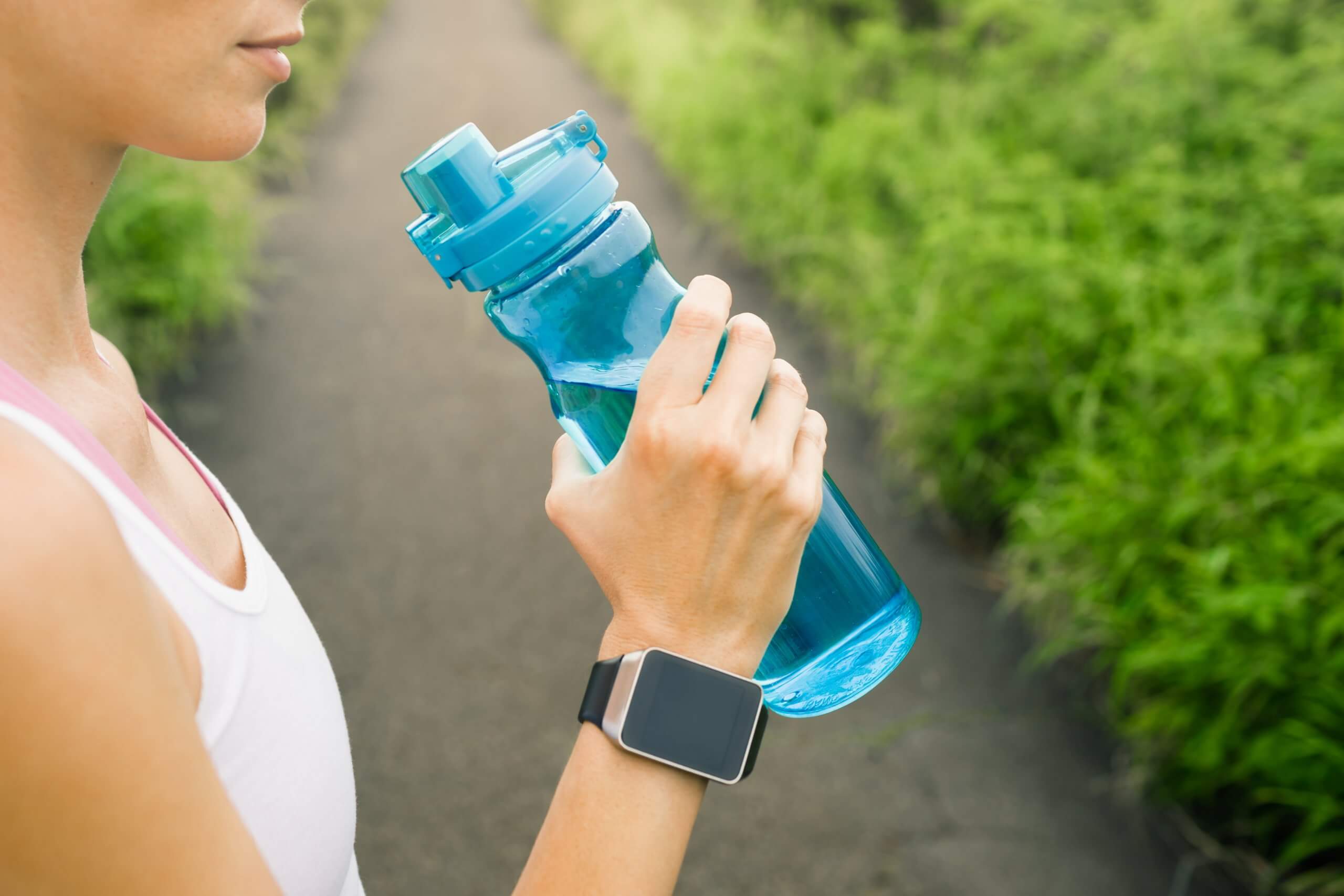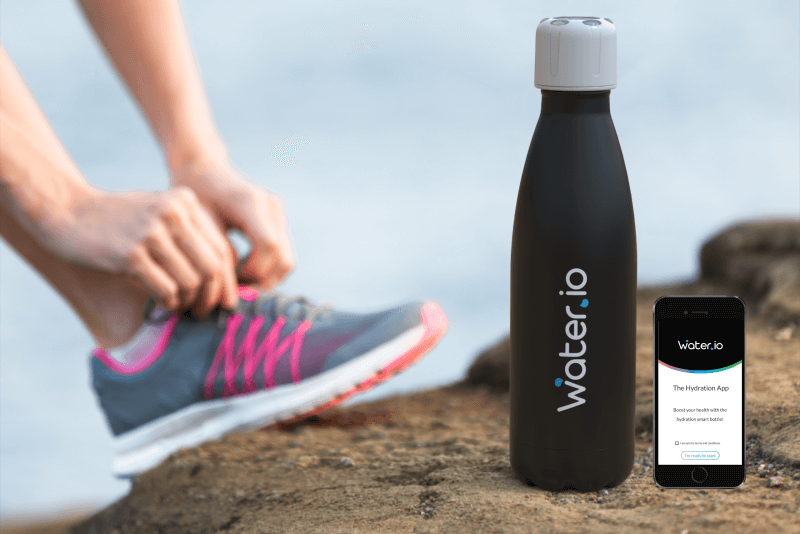Before the introduction of smart packaging, packages were merely designed for one main purpose – to keep the product inside safe, clean, and protected during the storage and shipment process. Or simply, they were just used to hold the product. Packages used to be purely functional and did little else for the product inside. However, over the last few years, product packaging has undergone a huge shift and innovation and technological advances are changing the way product packaging is used.
CPGs have needed to shift their strategies for customer engagement and popularity as more independent brands are taking over the market with their high tech, consumer-focused products, and services. People are changing the way they shop and altering their viewpoint on what attracts them to a product. One way CPGs can stand out from their competition is to explore the use of smart packaging and make packaging more fun and functional to their potential customers.
Types of Smart Packaging
Smart packaging has the ability to makes peoples lives easier, better, and more efficient. CPGs can now take a standard milk container and turn it into a smart milk container. What does this mean exactly? Essentially, a plastic milk jug is no longer just a vessel to hold your milk. That milk jug can be equipped with tiny sensors that know when your milk level is getting low and you should consider purchasing more. With the help of IoT and connected devices, your milk jug can send a signal to your smartphone to alert you to add milk to your grocery list.
It can also tell you when your milk is going to expire and should be thrown away. Temperature and freshness sensors can sense when the contents in the jog are going bad. These types of improvements don’t just make the customer’s life a bit easier, but it can go a long way to reducing food waste as well. If you know your milk is about to expire, you will be more inclined to finish the milk before it is unusable.
QR codes are another simple and popular way that CPGs are using smart packaging. Today, QR codes are commonplace and well known. QR codes allow the customer to scan the image with their smartphone so they can see more information about the product. Information about how to use it, how it’s made, etc. becomes easily available to the customer. It is also a great way for CPGs to give incentives and coupons on their products if you take the time to learn a little more about them and their product.
These types of features in smart packages allow CPGs to understand their customers better through two-way communication. It allows the company to understand their customers’ needs, how they are using the product, their usage habits, and much more.
Authentication systems in smart packaging is another way CPGs can ensure their customers are getting the proper product and a product that has not been tampered with. Customers want to know that the money they are paying for a product is going to something that is genuine and of the proper quality. Smart sensors can be embedded into smart packaging to reassure customers are getting the real thing. This creates trust between the CPG and the customer so more products can be marketed and sold. Authentication technology in smart packaging is generally provided by radio frequency tags directly embedded into the package.
Example
For example, a CPG has a brand of laundry detergent on the market and it is equipped with smart packaging. The customer can scan the bottle’s QR code to see if the detergent is compatible with their washing machine, they can see how my detergent they need to use at a time, how long the supply will last, and if the company offers and special discounts and subscriptions services after they run out of this bottle. The customer can quickly decide if this product is right for them, and if it is, they will purchase that brand and specific laundry detergent thanks to the helpful QR code.
Once the laundry detergent is sitting in the customer’s laundry room, the smart bottle can tell how frequently the detergent is used, how much is used at a time, and it can tell when the consumer is running low and should purchase more. If the customer has a special integrated app on their smartphone, the information recorded from the bottle is sent to the app. From there, the customer receives a notification they need to buy more because they are running low. All the customer has to do is click a button and more can be shipped to their doorstep. This process does not only make the life of the consumer more efficient and much easier, but it gives critical insight into consumer usage patterns to the CPG. Armed with this type of information, the company can continue to make improvements, learn how to appeal to their typical customer more, and foster a loyal relationship between consumer and brand. This is integral to the success of any company, especially a CPG that has to compete with private, trendy companies that are saturating the market. s that are saturating the market.





